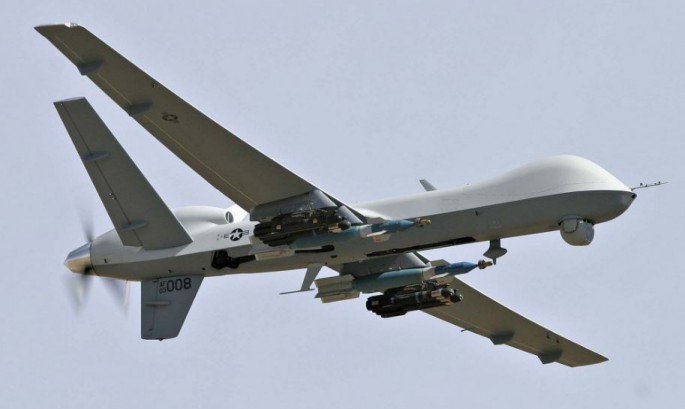The U.S. Air Force (USAF) will receive 30 new General Atomics MQ-9 Reaper aerial drones starting May 2019, some of which will see duty over the South China Sea.
Since 2015, the U.S. has increased the number of its drone flights over the South China Sea despite China's attempts to frustrate these intelligence flights by jamming their satellite uplinks. The Pentagon announced plans to increase the number of daily U.S. drone flights by 50 percent by mid-2019.
The U.S. Department of Defense said the 30 Reaper unmanned aerial vehicles (UAVs) will cost $370.9 million. The U.S. Air Force operated a fleet consisting of 93 Reaper UAVs as of September 2015. The new Reapers will replace the venerable General Atomics MQ-1 Predator -- the Air Force's main weapon for UAV airstrikes -- by 2019.
The MQ-9 is a larger and more capable aircraft than the earlier General Atomics MQ-1 Predator.
General Atomics describes the hunter-killer MQ-9 Reaper as an armed, multi-mission, Medium Altitude, Long-Endurance (MALE) remotely piloted aircraft employed primarily against mobile targets and secondarily as a spy aircraft. The Reaper, however, has also demonstrated the ability to track enemy missiles.
It can be armed with GBU-12 Paveway II laser-guided bombs; AGM-114 Hellfire II air-to-ground missiles; AIM-9 Sidewinders and the GBU-38 JDAMs (Joint Direct Attack Munitions). It has an endurance of 14 hours when fully loaded with either missiles or bombs.
The Air Force's fleet of Reapers is currently controlled out of Creech Air Force Base in Nevada.



























